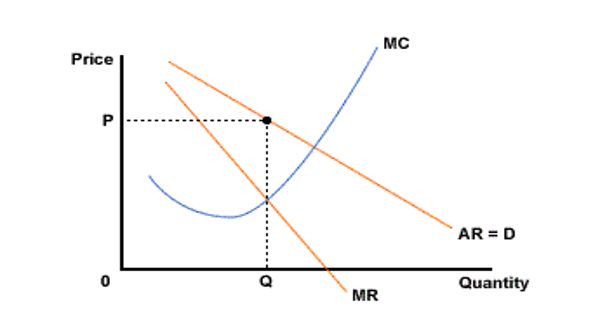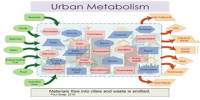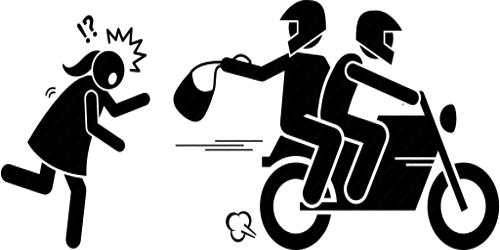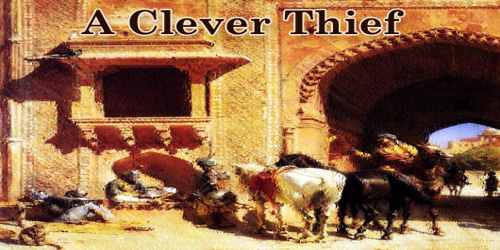Tacit collusion happens when other businesses usually accept price changes established by a dominant firm and which other firms then follow. It occurs where firms choose actions that are likely to minimize a response from another firm, e.g. avoiding the opportunity to price cut an opposition because it would cause the opposition to retaliate.
Put another way, two firms agree to play a certain strategy without explicitly saying so. It is unspoken actions between oligopolistic firms that are likely to minimize a competitive response. For example, two firms may decide to avoid price cutting or not attacking each other’s market share.
Oligopolists usually try not to engage in price cutting, excessive advertising or other forms of competition. Collusion is a way for firms to make higher profits at the expense of consumers and reduces the competitiveness of the market. Thus, there may be unwritten rules of collusive behavior such as price leadership (tacit collusion).
Collusion usually involves some form of agreement to seek higher prices. This may involve:
- Agreeing to increase prices faced by consumers.
- Deals between suppliers and retailers. For example, vertical price-fixing e.g. retail price maintenance.
- Monopsony pricing – where retailers collude to reduce the amount paid to suppliers.
- Sticking to output quotas and higher prices.
A price leader will then emerge and it sets the general industry price, with other firms following suit. For example, see the case of British Salt Limited and New Cheshire Salt Works Limited. There is growing evidence that tacit collusion can be autonomously achieved by machine learning technology, at least in some real-life examples identified in the literature and experimental settings. Classical economic theory holds that Pareto efficiency is attained at a price equal to the incremental cost of producing additional units. Monopolies are able to extract optimum revenue by offering fewer units at a higher cost.
An oligopoly where each firm acts independently tends toward equilibrium at the ideal, but such covert cooperation as price leadership tends toward higher profitability for all, though it is an unstable arrangement.
Types of collusion
- Formal collusion – when firms make formal agreement to stick to high prices. This can involve the creation of a cartel.
- Tacit collusion – where firms make informal agreements or collude without actually speaking to their rivals.
- Price leadership. It is possible firms may try to unofficially collude by following the prices set by a market leader. This enables them to keep prices high, without ever meeting with rival firms.
Information Source:
















